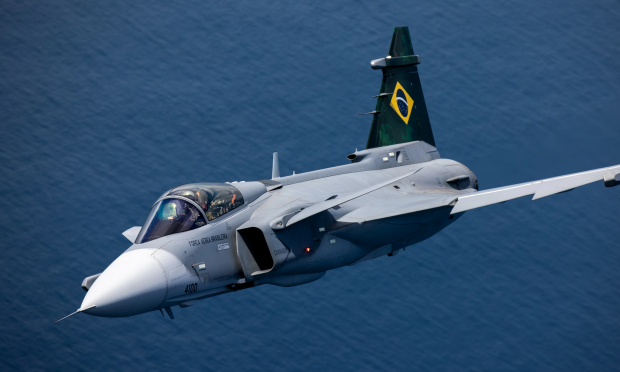Given the delays in the acquisition program for the domestically developed Tejas Mk1A and Mk2 fighter jets of the Indian Air Force, Sweden has offered New Delhi a very attractive deal.
Specifically, the proposal from the Swedish company Saab involves the sale of JAS-39 Gripen E/F fighters to the Indian Air Force, with the first unit expected to be delivered just three years after the signing of the contract.
The Swedish company has no problem with fully transferring the platform's technology to India, as well as constructing factories in the country where the fighters will be produced.
“At these factories, everything will be produced, not just the fuselages but also the systems and software of the aircraft,” said a company representative.
It is worth noting that earlier reports suggested New Delhi wanted to acquire 114 Gripen fighters to fill the gap in its aerial arsenal.
This gap was believed to be addressed by the Indian Tejas LCA fighter, but the program has faced delays, and production of the Mk2 version will not begin until 2027.
Taking advantage of this opportunity, Saab aims to create an entire ecosystem in India designed around the production and integration of the Gripen platform.
Gripen: The fighter that defeated Rafale
Of course, the Gripen has significant competitors in the Indian Air Force acquisition program. The favorite is the Rafale, which was defeated by the underdog Gripen in a recent similar competition held by the Brazilian Air Force.
Everyone expected Brasília to choose the more popular Dassault Rafale, but surprisingly, the Brazilians opted for the Swedish aircraft. We are eagerly awaiting to see if India will make a similar move.
The reason Brazil (and possibly India) chose the Gripen is its relatively low cost (it is cheaper than the Rafale), its advanced electronic warfare capabilities, and its ability to integrate powerful missiles. Additionally, the Gripen is economical to operate and features a reduced radar cross-section, meaning it has limited stealth capabilities.
The Gripen E version can carry nine missiles and 16 bombs of various types. The downside of this platform is that it is a single-engine fighter, a type of aircraft that many air forces tend to systematically avoid.



